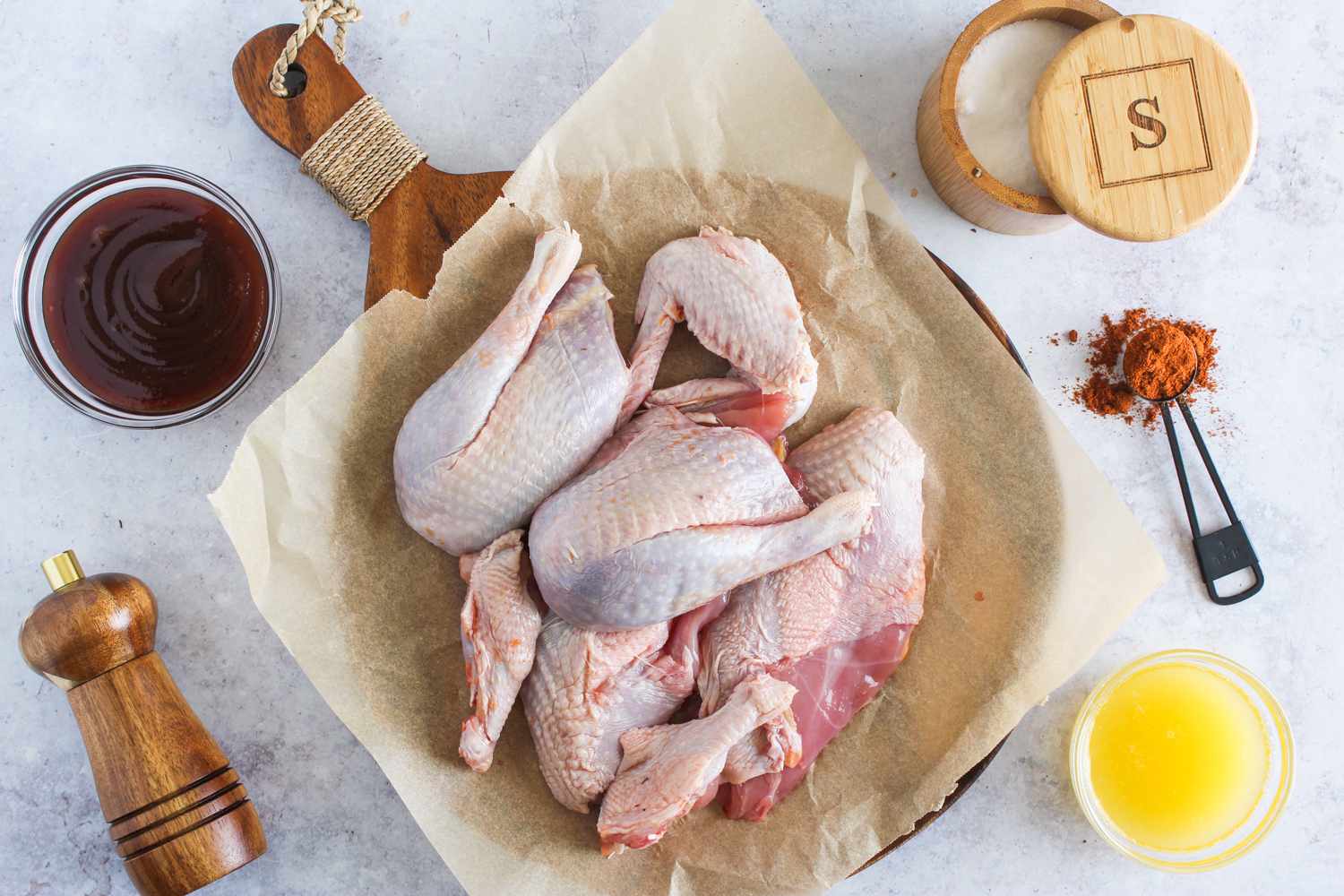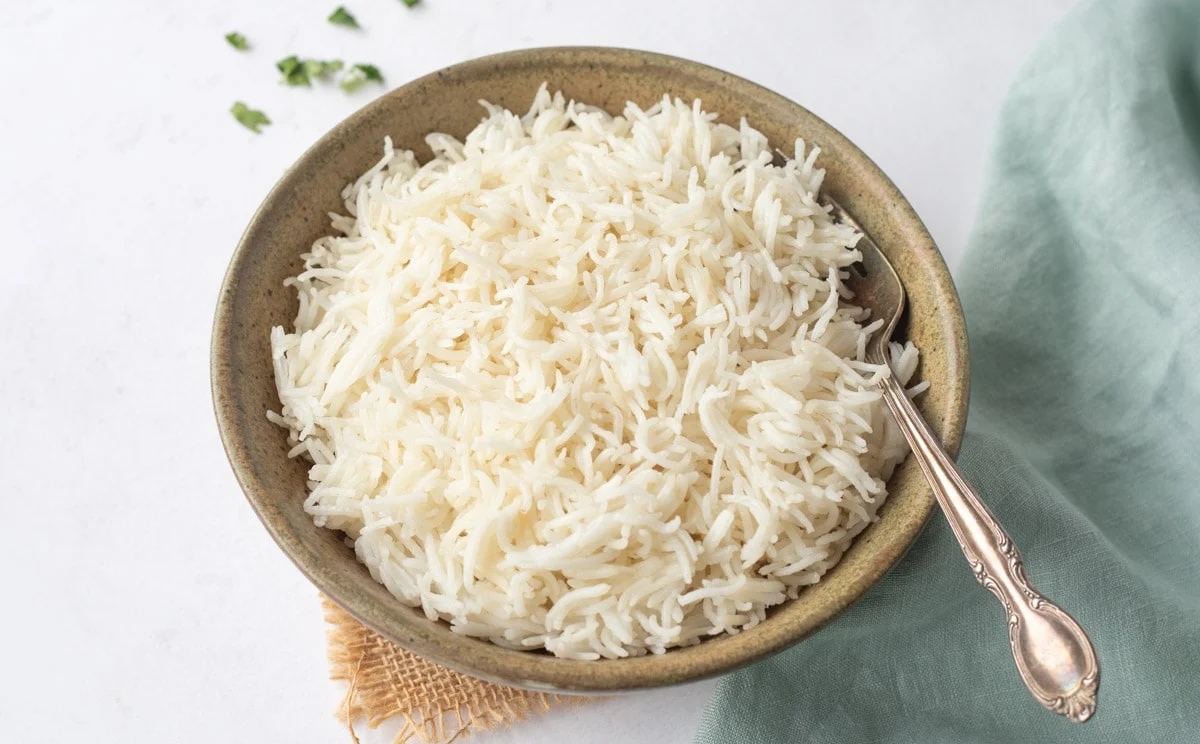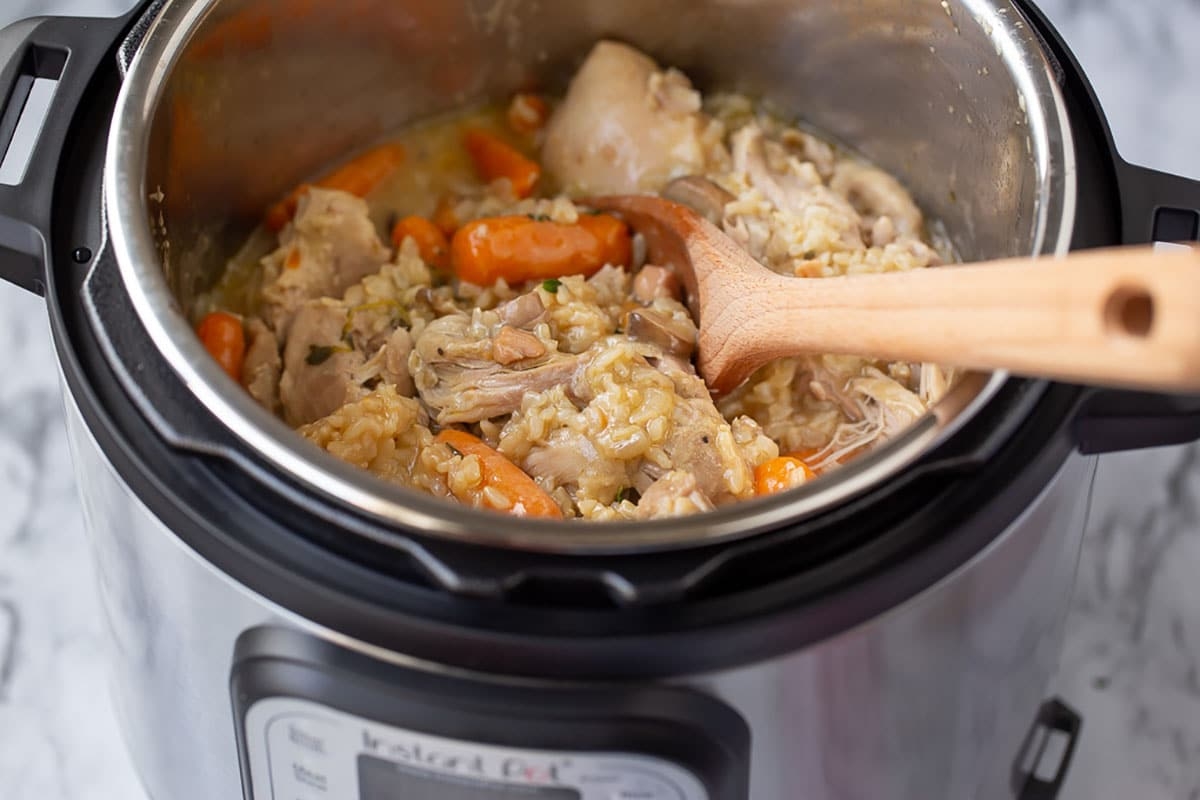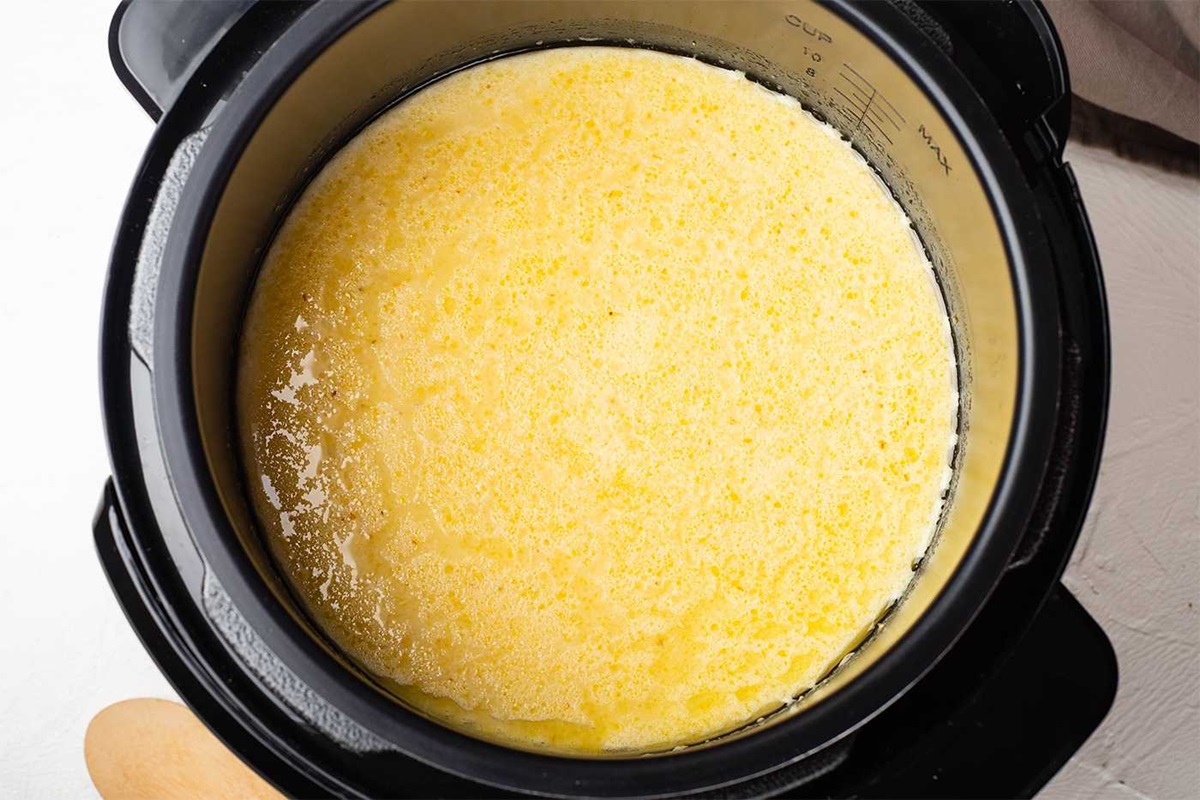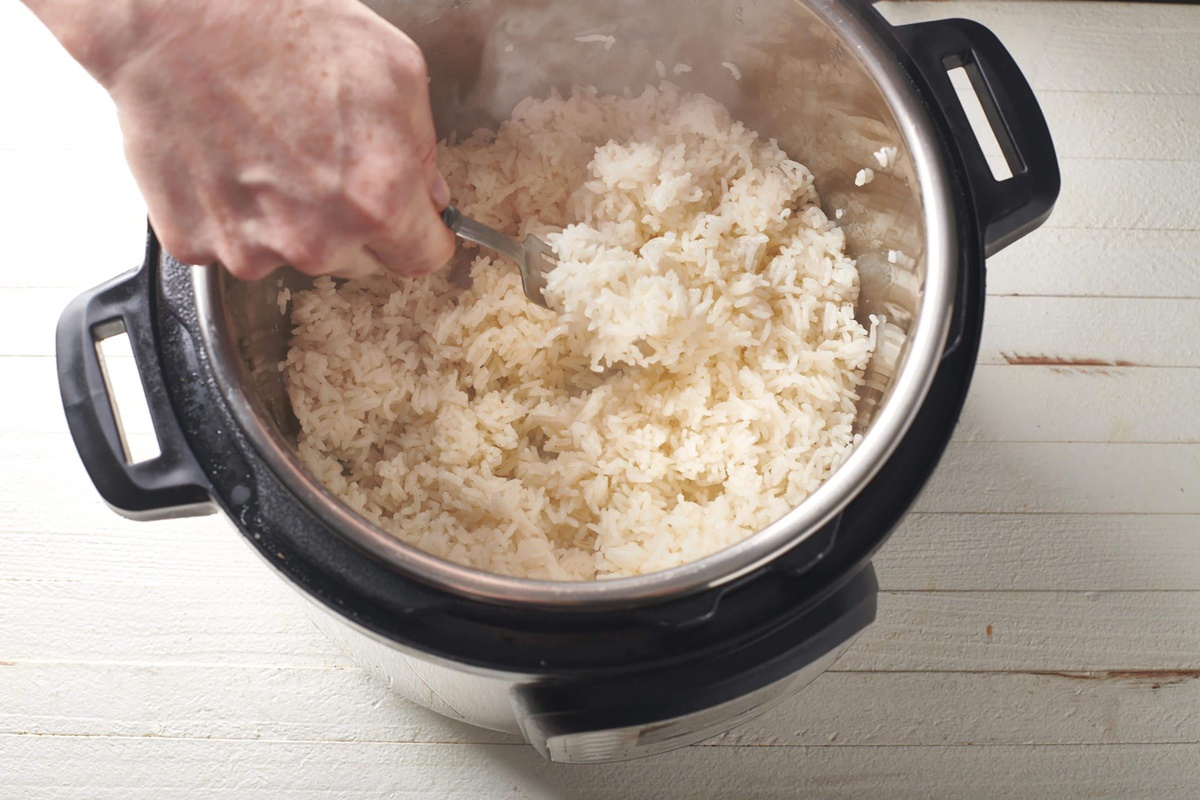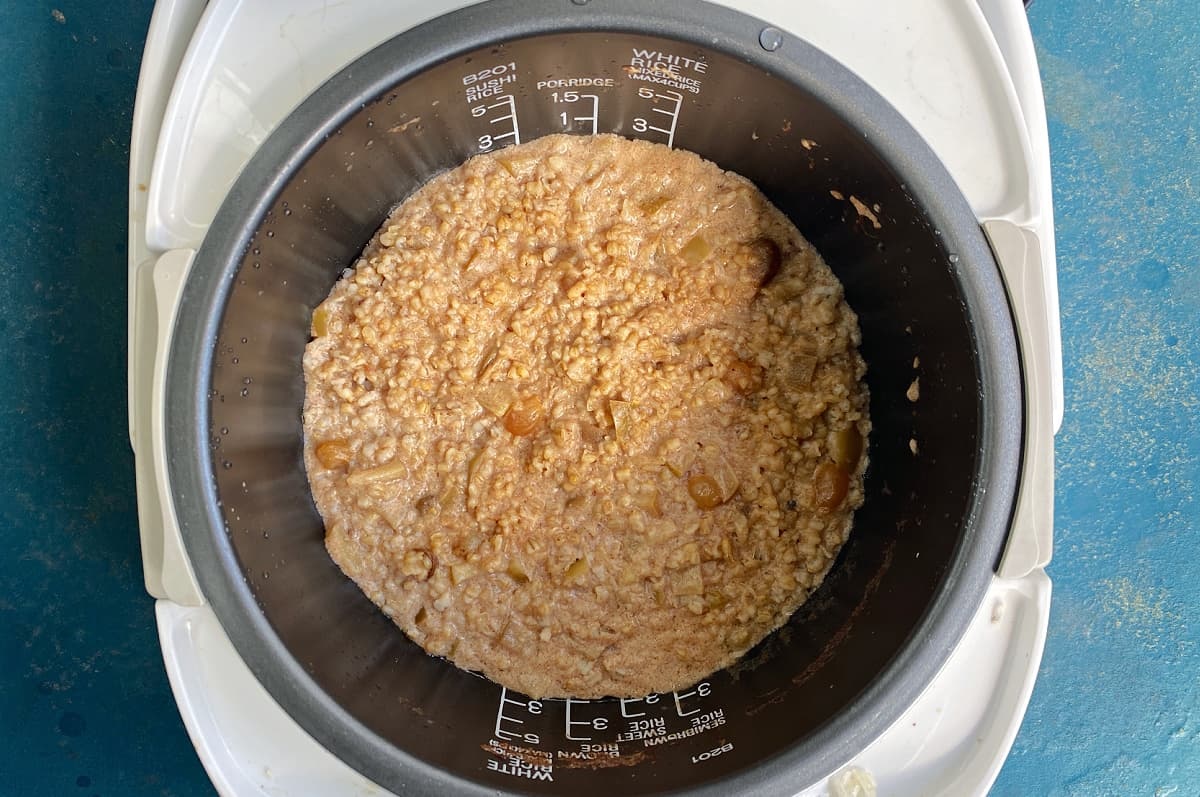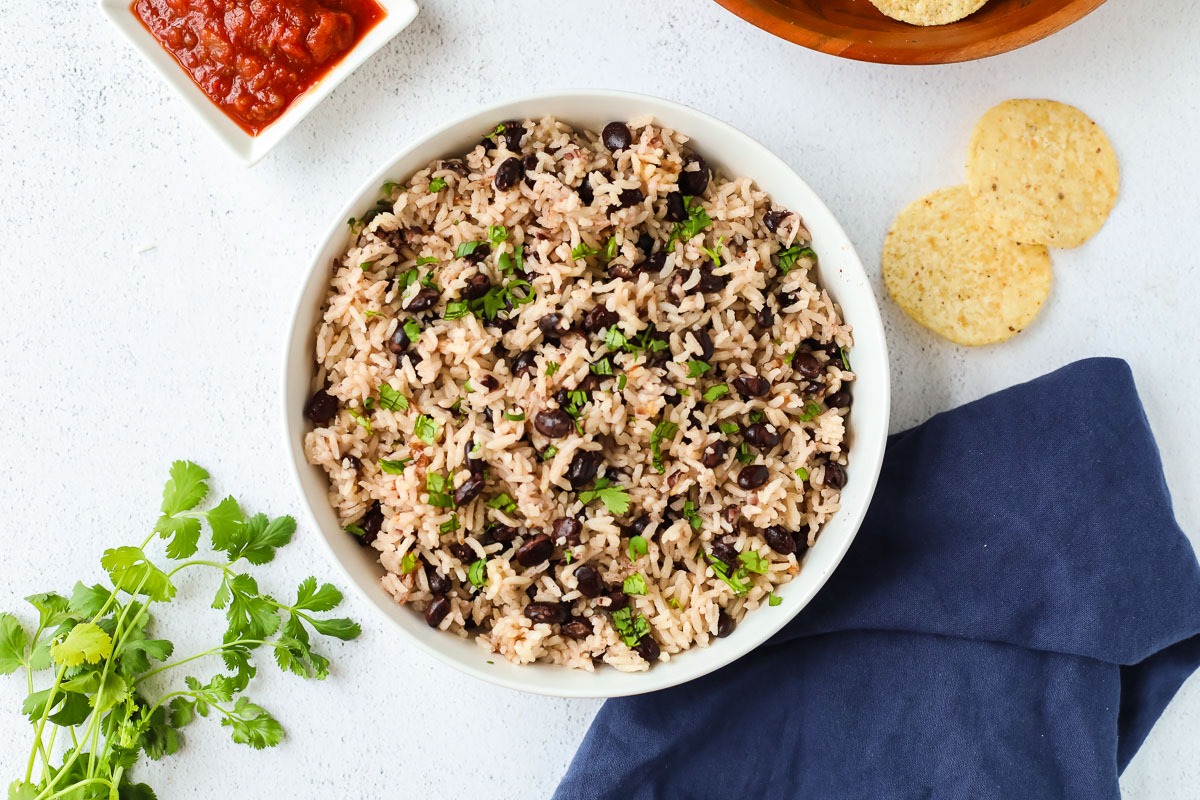How To Cook Rice In High Altitude
Preparing rice can be tricky, especially when dealing with high altitudes. The lower air pressure at higher altitudes affects the boiling point of water, which can make cooking rice a challenge. But worry not! With a few simple adjustments to your cooking process, you can achieve perfectly cooked rice even at high altitudes. Follow these steps to become a high-altitude rice cooking pro:
1. Adjust the Rice-to-Water Ratio
When cooking rice in high altitudes, it’s essential to modify the rice-to-water ratio. The reduced boiling point means that the water takes longer to reach a rolling boil, resulting in undercooked rice if you stick to the usual measurements. Increase the amount of water by approximately 25% to compensate for the lower boiling point. For example, if the regular rice-to-water ratio is 1:2, adjust it to 1:2.5 or 1:3.
2. Extend the Cooking Time
Since water boils at a lower temperature in high altitudes, the rice requires additional time to absorb the necessary moisture and become tender. Increase the cooking time by approximately 15-20%. Keep a close eye on the rice while it’s cooking to ensure it doesn’t overcook or become mushy. Adjustments may vary depending on the specific altitude you’re cooking at, so it’s always good to test and adapt to achieve the perfect texture.
3. Use a Tight-Fitting Lid
Using a tight-fitting lid on your rice pot is crucial when cooking at high altitudes. It helps to retain the heat and steam, allowing the rice to cook more efficiently. The trapped steam also prevents the rice from drying out during the extended cooking time. Ensure that the lid is snug and fits securely to create a proper cooking environment.
4. Avoid Frequent Lid Removal
While it might be tempting to check on the rice frequently, try to avoid removing the lid too often. Every time you lift the lid, valuable heat and steam are lost, which can affect the cooking process. Trust the extended cooking time and only remove the lid to check doneness towards the end of the prescribed cooking time.
5. Let the Rice Rest
Once the rice is cooked to perfection, let it rest for a few minutes before fluffing it with a fork. Allowing the rice to rest helps redistribute the moisture evenly, resulting in a more consistent texture. Patience is key when it comes to achieving fluffy, light, and well-cooked rice.
Conclusion
Cooking rice at high altitudes might take a bit of practice and adjustment, but with these simple tips, you’ll be able to serve delicious rice that’s cooked to perfection. Remember to modify the rice-to-water ratio, extend the cooking time, use a tight-fitting lid, avoid frequent lid removal, and let the rice rest before serving. With these adjustments, you’ll conquer the challenges posed by high-altitude cooking, and your rice dishes will be a hit every time!
Explore More High Altitude Rice Recipes and Uses
Having mastered the art of cooking rice at high altitudes, why not put your skills to the test with a variety of delicious recipes designed for elevated cooking? From the simple pleasures of perfect white rice high altitude to more elaborate dishes like chicken rice casserole high altitude, there's a dish for every taste and occasion. I recommend starting with the lemon herb rice high altitude, a dish that offers a refreshing twist with its aromatic flavors, ideal for complementing many meals. For those seeking a hearty meal, the rice beans high altitude provides both sustenance and comfort, perfect for colder, high-altitude climates. Each recipe offers a unique way to apply your high-altitude rice cooking skills, ensuring every meal is not only delicious but perfectly cooked.

